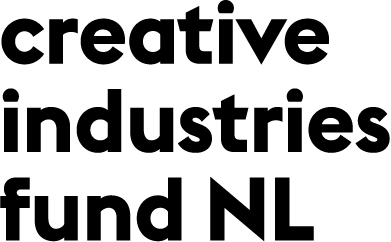After the relocation of the European Central Bank in 2015 into its new headquarters just outside the city centre, a large number of residents requested it to be removed from Willy-Brandt-Platz. Yet even before that, criticism of the sculpture was common. For example, during the financial crisis of 2008, several residents, many from the cultural sector, complained that the object was inappropriate, out of place and tried to have it shipped to the nearest museum. In a way, the sculpture effectively became an agonistic piece, hosting and symbolising competing, if not polarised, opinions and practices.
In 2011, this symbolic heart of European finance, seemingly an image of turbo-capitalism and of violent financial policies, became also the most visible feature of the headquarters of Occupy Frankfurt, the European offshoot of Occupy Wall Street. In Frankfurt, the coexistence of the 99% with institutions proved very peaceful, although the movement displayed banners protesting the European Central Bank. Tolerated by the police, in the narrow green space in front of Willy-Brandt-Platz, the occupants and their tents shared a mutual indifference with customers and bankers throughout the whole winter. The camp was finally evacuated in August 2012.
Now the small green space in front of the former European Central Bank is fenced, with prohibition of entry. The sister sculpture at Frankfurt Airport was removed in 2012, due to a glaring need for restructuring. A Cultural Committee in Frankfurt claimed that it would be welcomed in “a prominent location in Paris”.
Back in 2001, as part of the introduction of the European single currency, a large Euro sign encircled with the twelve stars seemed an adequate idea, even becoming the most popular photo opportunity in the city. The sculpture had its historical moment, when matching a thing to a thought really seemed irresistible. At such a juncture, it became an attractive object of association. It realised the dream of a perfect language, in which words and world merge: Euro is the currency, the currency is Europe, Euro is freedom. A Euro is a Euro is a Euro.










